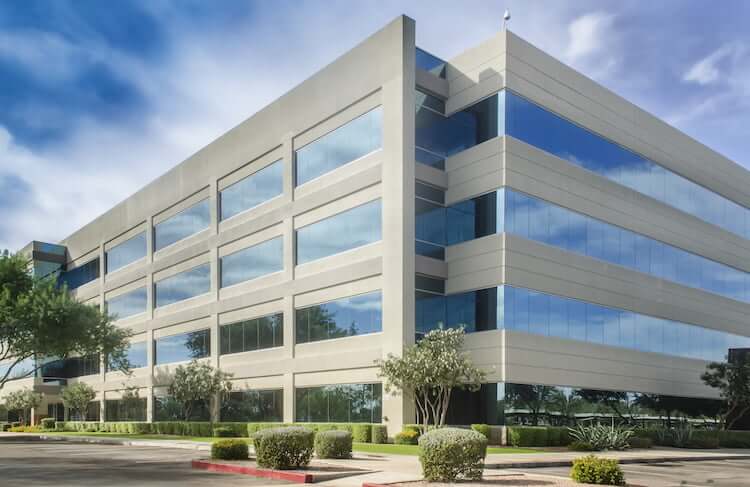
Hunt for legionellae “harbors” in the mechanical room.
BOOSTERS, BACKFLOW, AND LEGIONELLA SERIES
By Dennis Whitelaw, President, Towle Whitney LLC
After months of the COVID-19 pandemic, numerous articles have HIGHLIGHTED the need to properly re-open vacant buildings. The plumbing industry has been presented a great opportunity to better understand the environments inside of the plumbing systems. The focus here is simply on domestic cold water in the mechanical room:
1) What does plumbing system look like after the last two months?
2) What is the temperature of the different components?
3) What cultures are growing inside of our equipment?
4) Most important: if we can determine a baseline for a building, can we then quantify the effects of different decontamination/sterilization strategies?
THEORY
Like a spy novel, where the spy is under our nose and tries to remain inconspicuous, the biofilms, pathogens, amoebae, and pathogens act the same. The most attractive hibernation locations that create these “harbors” will be found in larger diameter waterways with slower velocities. The big question: how much of these biofilms and legionellae are located in our “cooler water” mechanical rooms.
SLOW MOVING WATER
In February at the TREEO backflow conference in Florida, I learned from Dr. Frank Sidari that SLOW moving water is the best environment for growing legionellae. Dr. Sidari highlighted research that showed that slow moving water replenishes the oxygen and micro-nutrients necessary to grow Legionellae. Recent articles I’ve read on LinkedIn threads strongly support Frank’s presentation.
DEAD-LEGS
No-flow water may not be the best environment for legionellae, but it’s still a breeding ground for anaerobic bacteria which are also health hazards. But as long as the dead-legs are isolated and left alone, the bad water will stay in place. Almost like asbestos; as long as it’s left alone, it’s okay.
VELOCITY THRESHOLD


1) What velocity of water will keep the biofilms from originally growing?
2) What’s the threshold of velocity that will clean the inside of a backflow preventer, strainer?
SAMPLING vs. HUNTING
Where to look? Taking water samples is great, but I believe it’s not enough. We need to be aggressive and hunt for the contamination “harbors” that are hiding in the system. After shutting down the water supply, components can be taken apart in hopes of finding “harbors”.
BACKFLOW PREVENTER(S)
As we’ve reviewed in other articles, these are typically oversized, and are known “harbors”. Many large diameter (2.5”+) backflow preventers are designed with a “Y” pattern check valve, allowing the check valve to move into the “Y” cylinder, which gets the check valve out of the waterway. But there’s a huge UNINTENDED CONSEQUENCE: the top portion of the “Y” is shielded (red circles) from the moving water, even at higher velocities
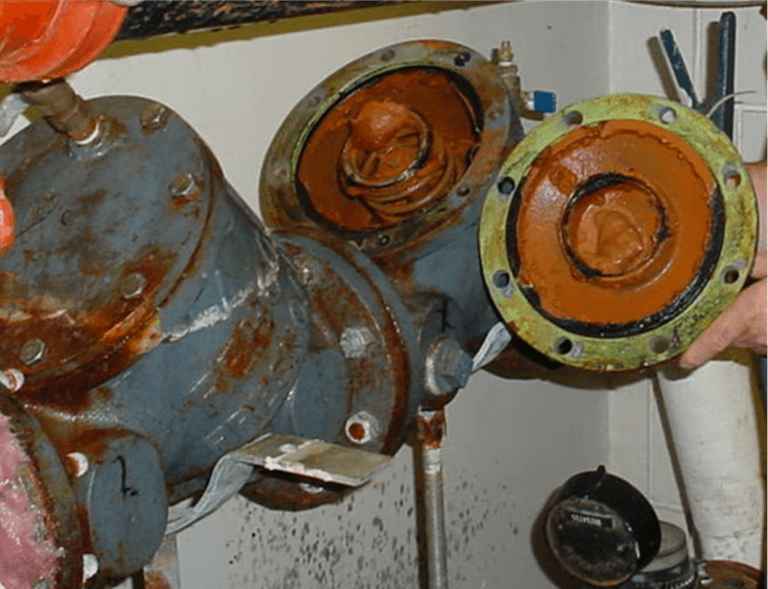

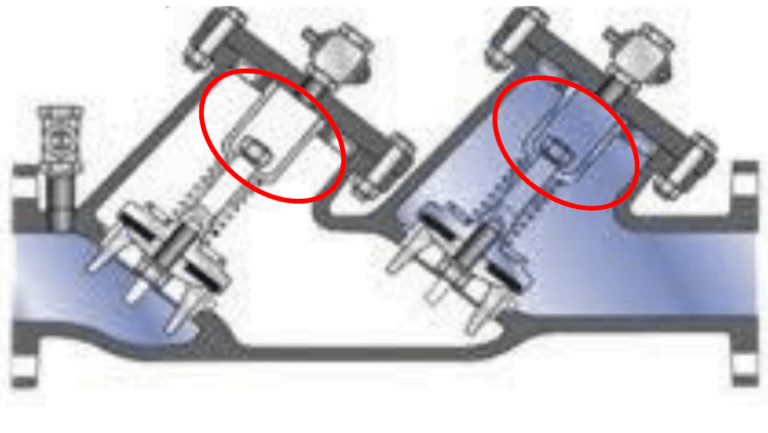

Two backflow preventers plumbed in parallel will be the best opportunity to find a nasty “harbor”.
STRAINERS
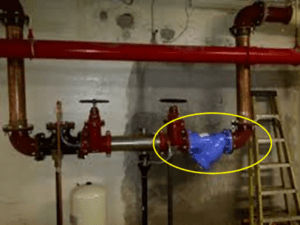

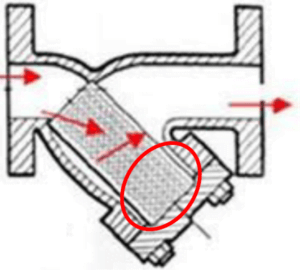

EXPANSION TANKS
Depending on the size, construction, and piping, an expansion tank may yield a treasure-trove of samples. 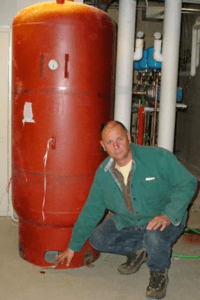

FILTERS


BOOSTER PUMPS


Our systems are programmed to alternate the lead pump after 24 hours of run time. In a building with minimal usage, the pumps may not have alternated over a two month span. If the “stand-by” pump(s) have not run in two months, the samples may yield some interesting cultures.
Conclusion
It may be too late, but aggressively sampling the plumbing systems around the country can provide insights into the consequences of vacant buildings. From these baseline studies, we can better formulate sterilization/decontamination plans for future events.
